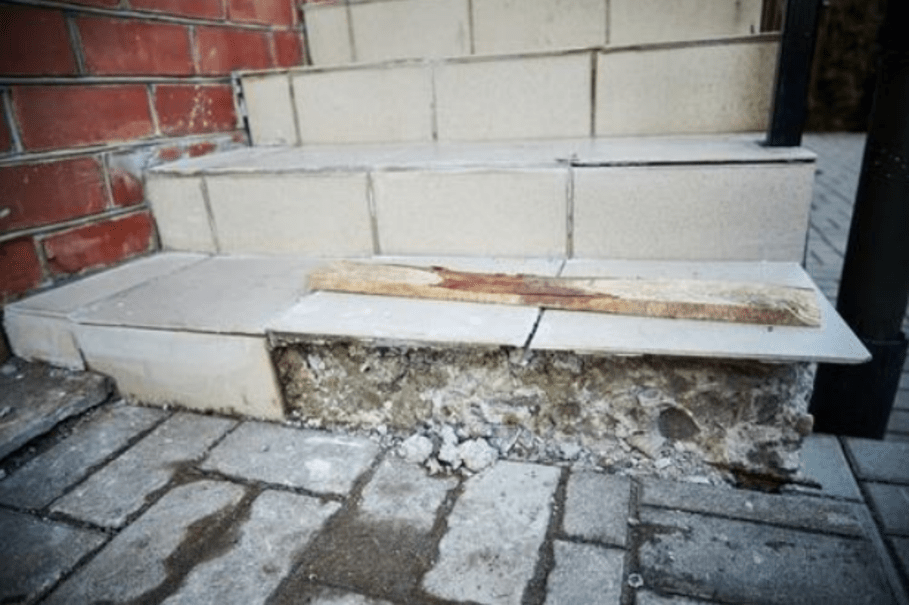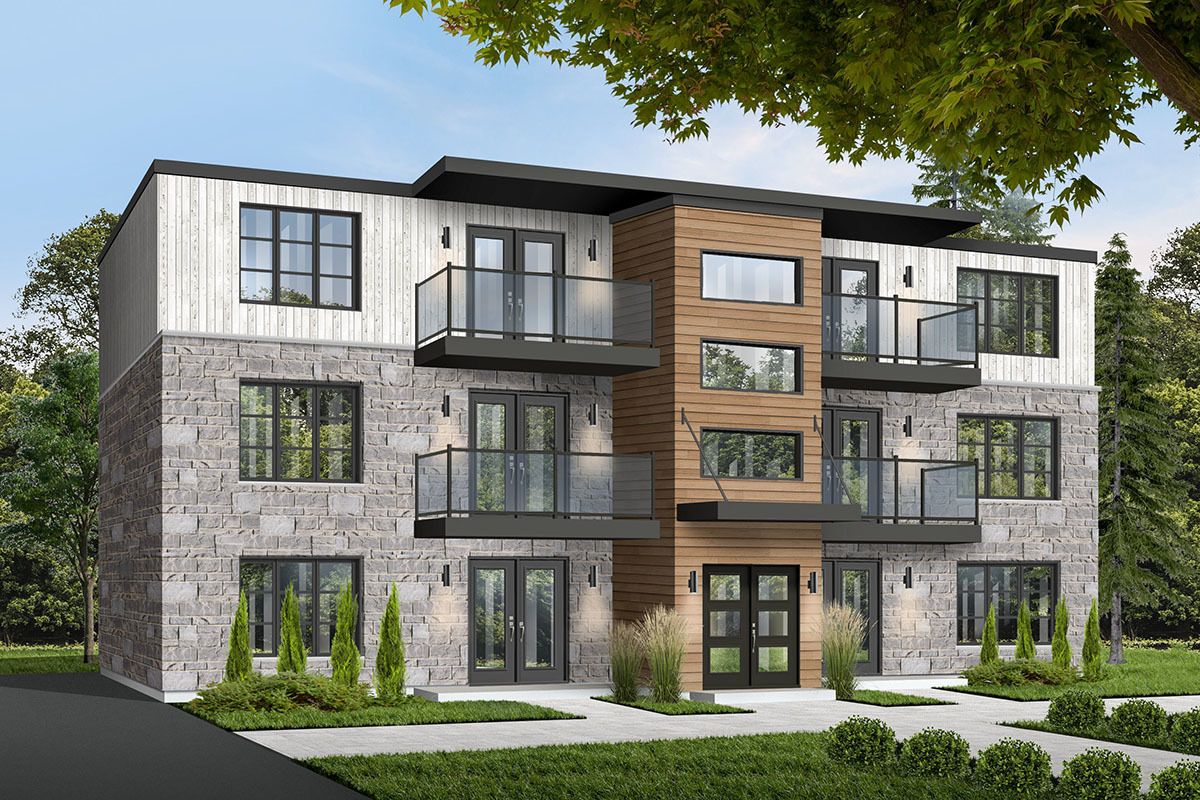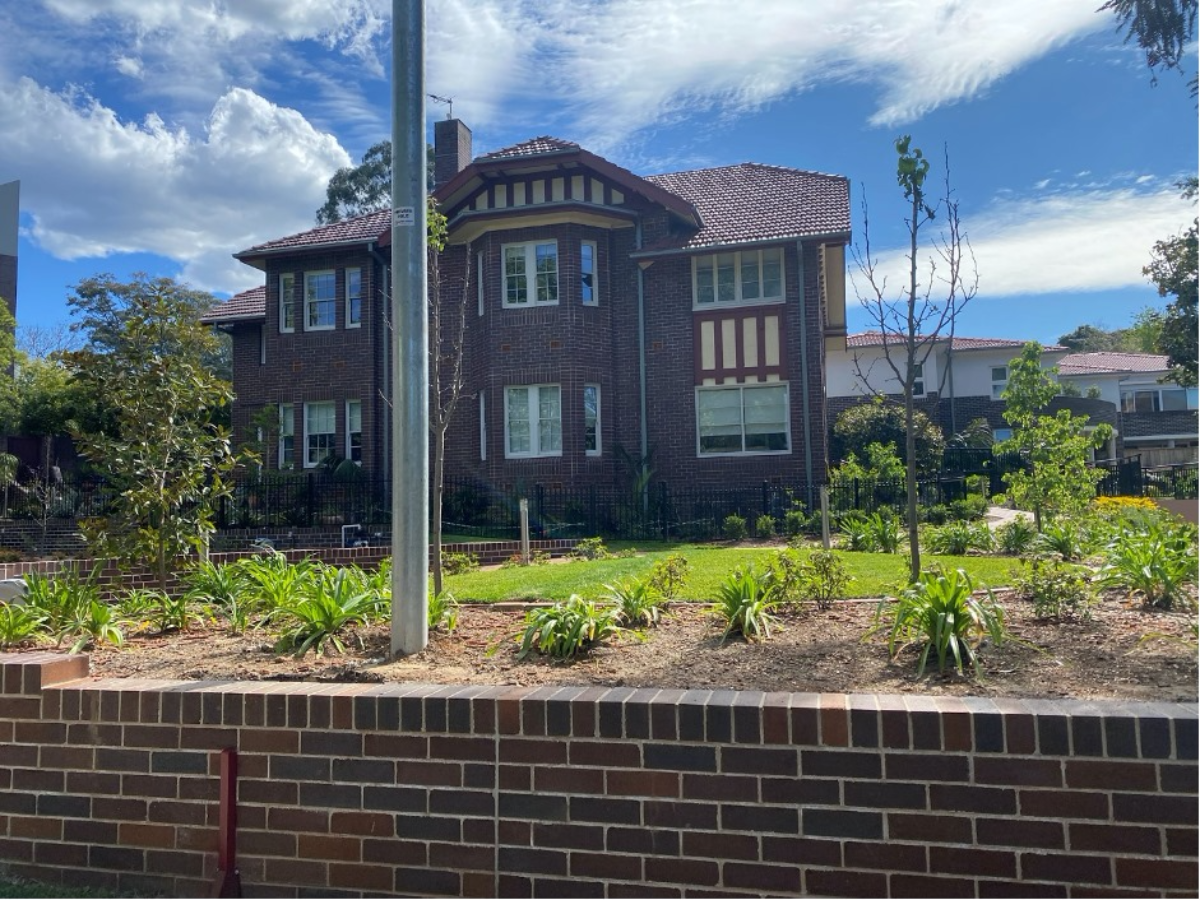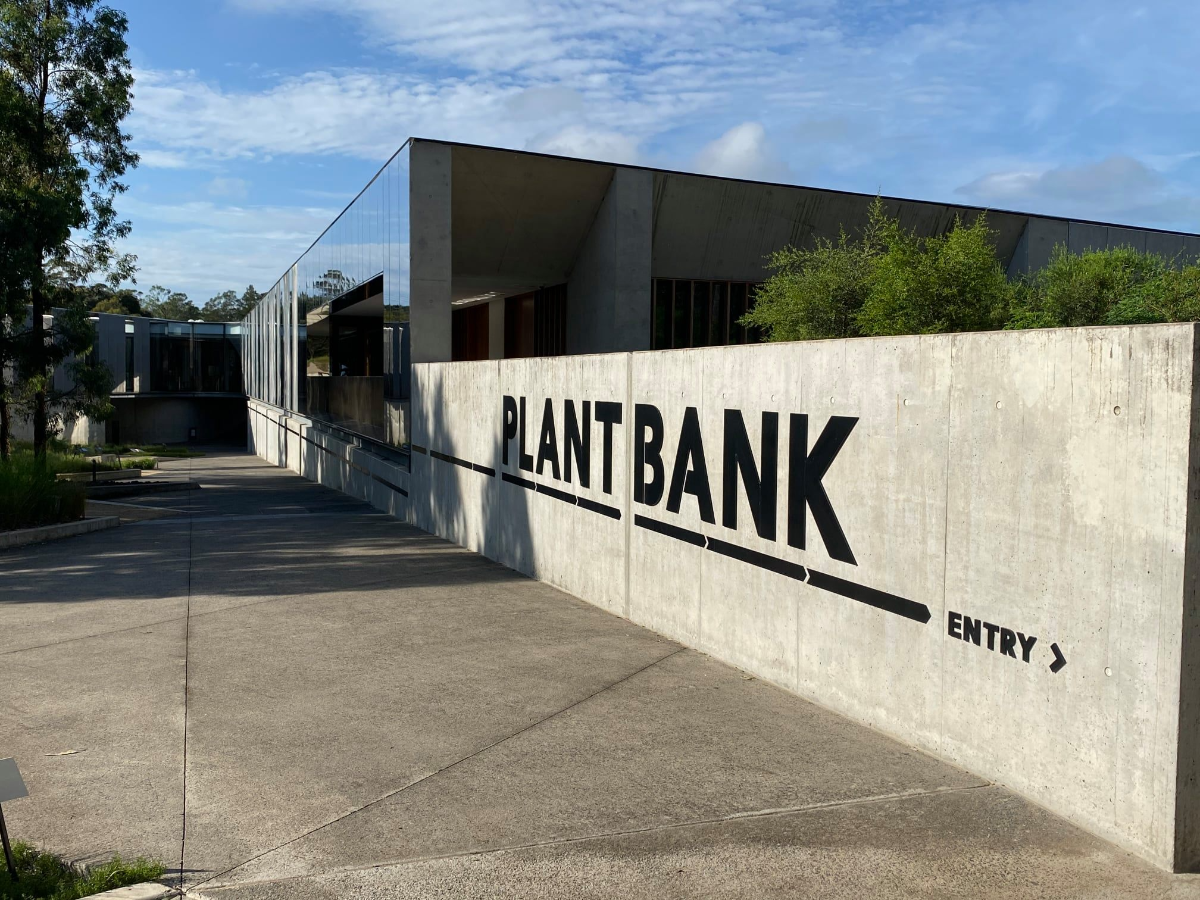
- August 23, 2021
- Effective Building
- 0
Purchasing a home is a difficult task. Before signing the contract, the future homeowner must check a lot of things.
A home is not a cheap purchase, and it is a significant investment. However, it’s all too easy for a homebuyer to get caught up in the joy and overlook some flaws.
For homebuyers, the house-hunting process is already stressful and daunting. It’s possible to become overwhelmed with so many options.
Then there’s the financial aspect. Until the prize brings on the table, everyone desires a large home with breath-taking views.
The process doesn’t end once you’ve decided on a home. Before closing the deal, pre-purchase inspections are crucial and necessary.
A pre-purchase inspection is similar to taking a car for a test drive. It will notify the homebuyer of any issues before they spend their hard-earned money.
It can save homebuyers a lot of money while keeping them and their families safe if a significant flaw in a property is not recognized and fixed as quickly as possible. It might result in accidents and injuries.
Unfortunately, the stairs are one area of the house that is frequently disregarded.
7 Common Defects in Stairs and Steps
Falls and injuries are common on stairs and steps. Serious injuries might result from a misstep or a slip.
Unfortunately, many homebuyers overlook the importance of thoroughly inspecting the stairs and steps. This is due to their full attention to the kitchen, living room, bedroom, and bathrooms.
Some people would even check on the garage or the yard. After all, no one spends much time on the stairs.
Checking the stairs and steps, on the other hand, might be an expensive mistake. The following are some frequent stair and step issues that must be repaired right away.
1. Irregular Steps
A 240 to 355 mm run ideal for a stair tread. Irregular steps have inconsistency in their size. Some steps may be longer or shorter than others.
Another issue that should be addressed is the short steps. Short steps are ones that don’t give the balls of the feet enough support. If one is not cautious when descending the stairs, one might slip.
Low headroom is inconvenient and is prohibited under the Building Code of Australia. The height between the ceiling and the stair nosing is referred to as headroom. The Building Code of Australia stipulates that there must be adequate ceiling height. For passageways and corridors, it should not be less than 2.1 meters.
A lack of headroom might result in serious head injuries, depending on the impact.
2. Isolated Steps
From one tread to the next, a height of 190 to 195 mm is ideal. The stairway should be angled between 30 and 38 degrees.
There may be one step that isn’t entirely evident in some circumstances. People don’t expect this step because it isn’t immediately apparent.
This can be problematic for persons walking down the stairs, particularly those who are carrying items and are unable to maintain their balance.
Stairs should not have any level changes unless absolutely necessary. If these adjustments are required, changes in the step level should be marked to catch the user’s attention.
Isolated steps may benefit from handrails or slip-resistant nosing.
3. Cracked Treads
Treads that are defective or damaged must be changed right away. There should be no cracks in a well-built stair. If the damaged tread is ignored, it will eventually collapse, causing injuries.
However, replacing a stair tread is more difficult than it appears, and DIY is not suggested. A skilled carpenter should handle this situation.
4. Tilting staircase
A staircase that is tilting to one side is a sign that it is about to fall apart. It is merely supporting itself and may collapse to any force or pressure.
Damaged framing, loose screws or nails, or other structural issues might cause the tilting. If the staircase is leaning and the treads are broken, the entire staircase should be repaired as soon as possible.
5. Squeaky and Creaky Stairs
Squeaky and squeaky stairs may not appear to be a big deal, but they may be rather irritating, especially at night. On the other hand, creaky stairs cause more problems than being caught sneaking out late at night
A variety of things can cause squeaky and creaky stairs, and this is where the real problem occurs. Many causes it, including shrinking timbers, loose nails, and moving staircase fittings
6. No Railings
Stair rails are necessary whether there are children or seniors in the family. According to the Australian Standard, stairways must have a guard railing on the exposed side.
Railings can help to lessen the chances of slipping and falling.
The railway should have a minimum height of 900mm and a maximum height of 1100mm. Furthermore, the stairwell’s height should be consistent throughout.
Railings that are damaged or loose might also cause issues. When people lean on the railing, they may put their entire weight on it, causing the railing to collapse.
How Can Effective Building & Consultancy Help You?
To save money, some people skip pre-purchase inspections. They have no idea that skipping a pre-purchase examination can end up costing them more money.
Imagine paying for a home with issues you didn’t know about. Once you’ve signed a contract, there’s nothing you can do about it!
Fortunately, with our pre-purchase inspection, all of these stair and step issues, as well as other potential issues with the home in question, can be addressed. Allow Effective Building & Consultancy to assist you in ensuring that you receive exactly what you paid for. We can assist you in providing that your future home is secure and liveable.
For more information, don’t hesitate to get in touch with us at 02 9613 3353.
Suppose you are planning to work on multi-story units. In that case, you may find yourself wondering if you should Read more
Heritage buildings represent the history and culture of a nation. They constitute together the architectural heritage of an area. Heritage Read more
The Australian PlantBank is a remarkable new plant conservation laboratory at The Australian Botanic Garden in Mount Annan. It is Read more





